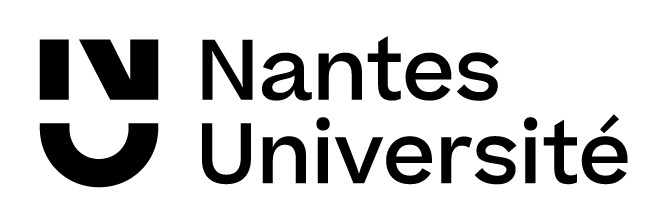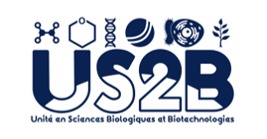*** ***
output from eigenvector calculation:
STDOUT:
Build Tirion matrix:
Pdbmat> Computes the Hessian matrix, using an Elastic Network Model.
Pdbmat> Version 3.50, Fevrier 2004.
Pdbmat> Options to be read in pdbmat.dat file.
Pdbmat> Coordinate filename = 2402181553163324914.atom
Pdbmat> Distance cutoff = 10.00
Force constant = 10.00
Origin of mass values = CONS
Pdbmat> Levelshift = 1.0E-09
PRINTing level = 2
Pdbmat> Coordinate file 2402181553163324914.atom to be opened.
Openam> File opened: 2402181553163324914.atom
Pdbmat> Coordinate file in PDB format.
Rdatompdb> Reading pdb file.
Rdatompdb> End of file reached.
Rdatompdb> Number of I/O errors: 0
Rdatompdb> Number of residues found = 194
First residue number = 96
Last residue number = 289
Number of atoms found = 1538
Mean number per residue = 7.9
Pdbmat> Coordinate statistics:
= 2.751174 +/- 9.365971 From: -20.752000 To: 23.497000
= -0.094492 +/- 7.683211 From: -19.898000 To: 20.086000
= 31.253308 +/- 10.822409 From: 7.532000 To: 55.003000
Pdbmat> Masses are all set to one.
Openam> File opened: pdbmat.xyzm
Pdbmat> Coordinates and masses considered are saved.
Openam> File opened: pdbmat.sdijf
Pdbmat> Matrix statistics:
Pdbmat> The matrix is 9.2331 % Filled.
Pdbmat> 983029 non-zero elements.
Pdbmat> 108219 atom-atom interactions.
Pdbmat> Number per atom= 140.73 +/- 45.55
Maximum number = 235
Minimum number = 32
Pdbmat> Matrix trace = 2.164380E+06
Pdbmat> Larger element = 842.985
Pdbmat> 0 elements larger than +/- 1.0E+10
Pdbmat> Normal end.
using diagstd (there are 1538 atoms in your structure)
ERROR: number of atoms is too large to use diagstd, that is, over 500
please choose another option for NRBL (not diagstd)
STDERR:
If you find results from this site helpful for your research, please cite one of our papers:
elNémo
is maintained by Yves-Henri Sanejouand.
It was developed
by Karsten Suhre.
Between 2003 and 2014, it was hosted by IGS (Marseille).
Last modification: April 25th, 2023.
|



